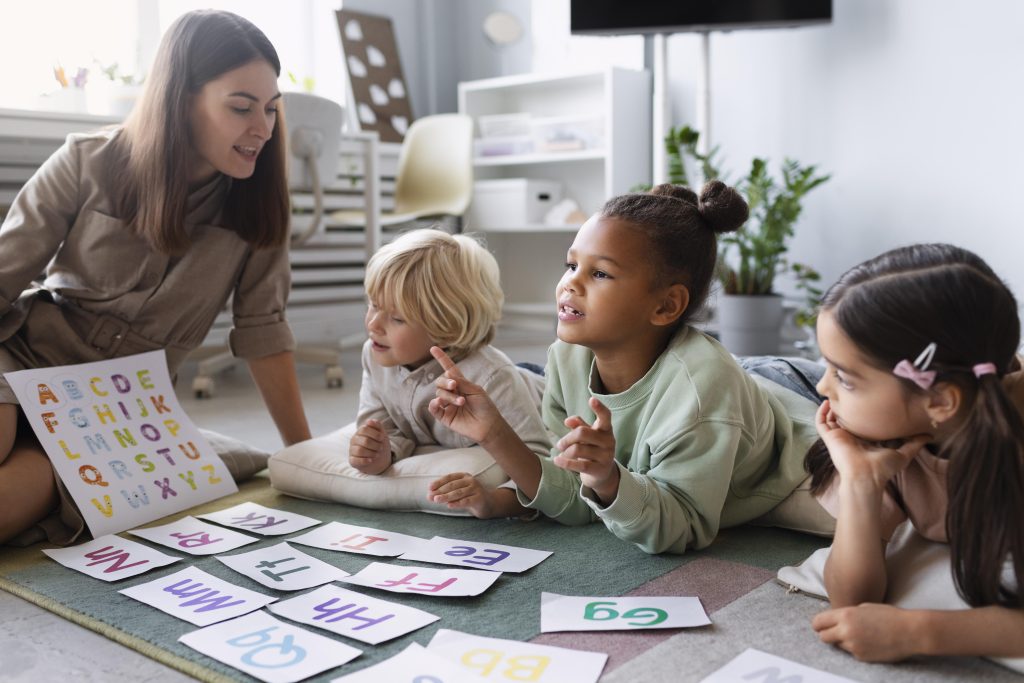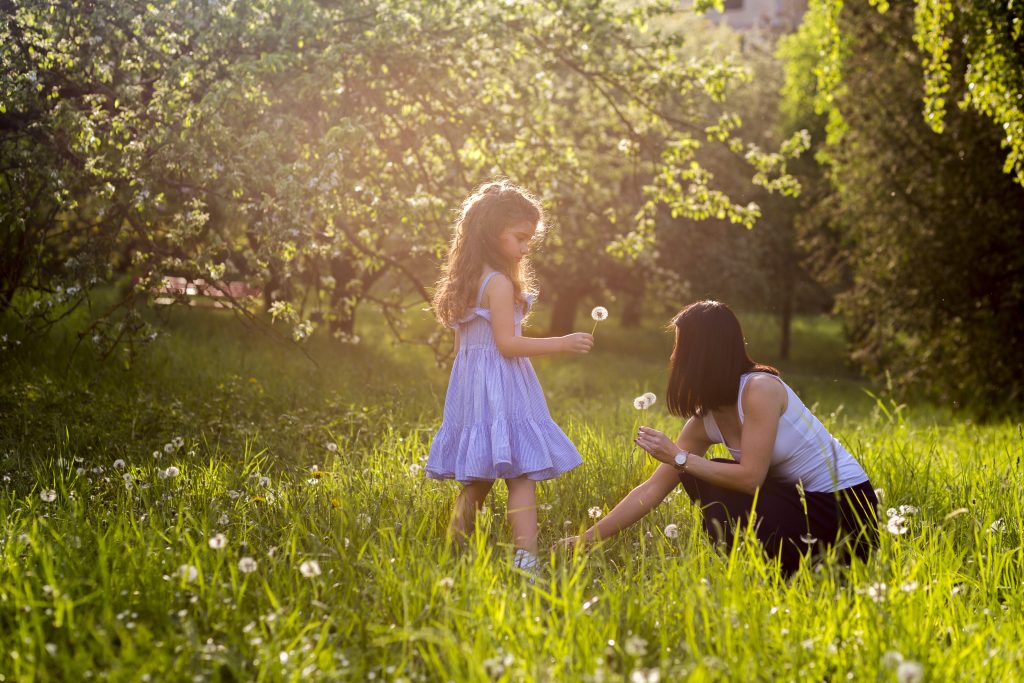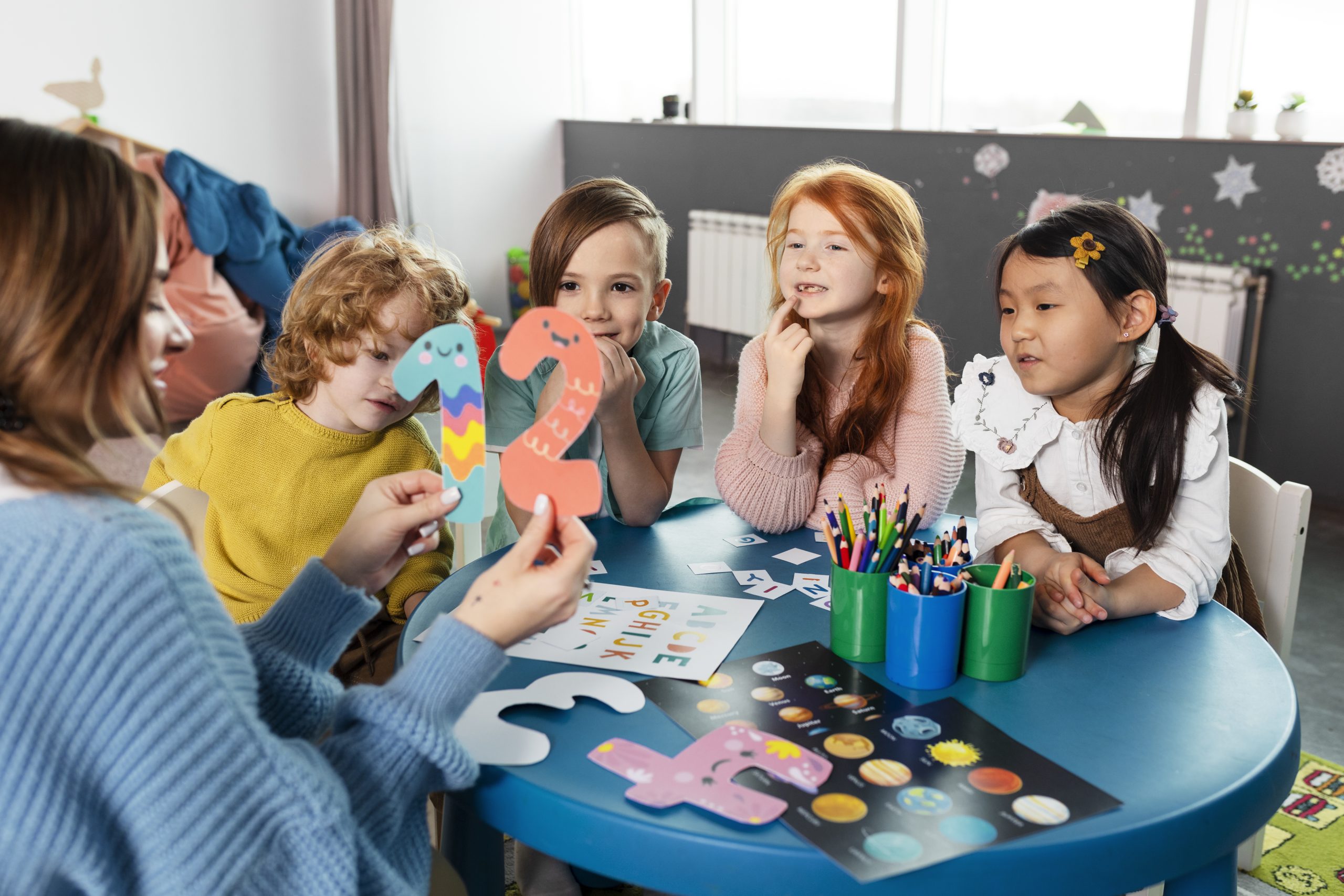What Is Onlooker Play: Exploring the Concept and Benefits
In the realm of child development, play holds a significant role. It serves as a fundamental means through which children explore the world, develop skills, and foster social interactions. One intriguing form of play that has gained attention is onlooker play. In this article, we will delve into the concept of onlooker play, examining its definition, characteristics, and benefits. So, what is onlooker play exactly?

What Is Onlooker Play?
Onlooker play refers to a stage of play observed in children where they actively observe and engage with others’ play activities, without actively participating themselves. During this type of play, children take on the role of spectators, watching and absorbing the actions and interactions of their peers. It is worth noting that onlooker play is considered a solitary form of play, despite its focus on social interactions.
The Characteristics of Onlooker Play
Onlooker play is characterized by several distinct features that set it apart from other forms of play. Understanding these characteristics can shed light on the motivations and benefits associated with this type of play:
- Observation: Onlooker play centers around observing others’ play activities. Children pay close attention to the actions, behaviors, and interactions of their peers, often with a keen interest.
- Non-Participation: Unlike other forms of play, children engaging in onlooker play do not actively participate in the play themselves. Instead, they remain on the sidelines, content with watching and learning from others.
- Social Awareness: Onlooker play fosters social awareness as children observe how their peers engage and interact with one another. They gain insights into social dynamics, problem-solving, and communication skills.
- Imitative Behavior: Children often imitate the actions and behaviors they observe during onlooker play. This process helps them acquire new skills, expand their imagination, and develop a deeper understanding of the world around them.
- Empathy and Perspective-Taking: Onlooker play provides children with opportunities to develop empathy and practice perspective-taking. By observing others’ play experiences, they can better understand different emotions, needs, and perspectives.
The Benefits of Onlooker Play
While onlooker play may seem passive on the surface, it offers numerous benefits that contribute to a child’s overall development. Let’s explore some of these benefits:

Enhanced Social Skills
Onlooker play serves as a platform for children to learn about social interactions, communication, and cooperation. By observing their peers, they gain insights into appropriate behavior, conflict resolution, and turn-taking. These skills lay the foundation for successful social relationships later in life.
Cognitive Development
Through onlooker play, children engage in cognitive processes such as observation, analysis, and imitation. They observe how others approach challenges, solve problems, and engage in imaginative play. These experiences stimulate their cognitive abilities and foster creativity and critical thinking.
Emotional Development
Onlooker play provides children with opportunities to understand and regulate their emotions. By observing the emotions expressed by their peers during play, they learn to empathize, manage conflicts, and develop emotional intelligence.
Language and Communication Skills
As children observe and listen to their peers’ conversations during onlooker play, they develop language and communication skills. They learn new vocabulary, sentence structures, and social cues that enhance their ability to express themselves and engage in meaningful conversations.
Increased Confidence
Engaging in onlooker play allows children to build confidence gradually. They may feel more comfortable observing and learning from others before actively participating in play activities themselves. This step-by-step approach helps them develop a sense of competence and self-assurance.
Cultural and Social Understanding
Onlooker play exposes children to various cultures, traditions, and social norms. By observing their peers with different backgrounds and perspectives, they develop an appreciation for diversity, empathy, and inclusivity.

Frequently Asked Questions (FAQs)
Q: What age group is onlooker play most common in?
Onlooker play is most commonly observed in children between the ages of 2 and 3. However, it can occur in older children as well, depending on their individual developmental stages and social experiences.
Q: How can parents and educators encourage onlooker play?
Parents and educators can create an environment that promotes onlooker play by providing opportunities for children to observe and engage in play activities. This can involve setting up playdates, facilitating group play sessions, and offering a variety of toys and materials to stimulate curiosity and exploration.
Q: Is onlooker play a cause for concern if a child engages in it frequently?
Onlooker play is a natural part of a child’s social and cognitive development. However, if a child consistently engages in onlooker play without showing interest in participating in other forms of play, it may be beneficial to consult with a pediatrician or child development specialist for further evaluation.
Q: Can onlooker play be beneficial for shy or introverted children?
Yes, onlooker play can be particularly beneficial for shy or introverted children. It provides them with a low-pressure environment to observe and learn from others before actively engaging in play. Over time, this can help boost their confidence and social skills.
Q: How does onlooker play differ from parallel play?
Onlooker play and parallel play are similar in that they both involve children engaging in play activities without direct interaction. However, in parallel play, children play alongside each other with minimal interaction, whereas onlooker play focuses on observing others’ play without active participation.
Q: What are some signs that a child is ready to transition from onlooker play to active participation?
Signs that a child is ready to transition from onlooker play to active participation may include showing interest in joining play activities, initiating interactions with peers, imitating others’ actions, and displaying a desire to take on an active role in play scenarios.
Conclusion
Onlooker play is an intriguing aspect of child development that provides children with unique opportunities for observation, learning, and socialization. Through this form of play, children enhance their social, cognitive, and emotional skills, ultimately fostering their overall growth. By understanding and encouraging onlooker play, parents, educators, and caregivers can support children’s development and create a nurturing environment for exploration and learning.







